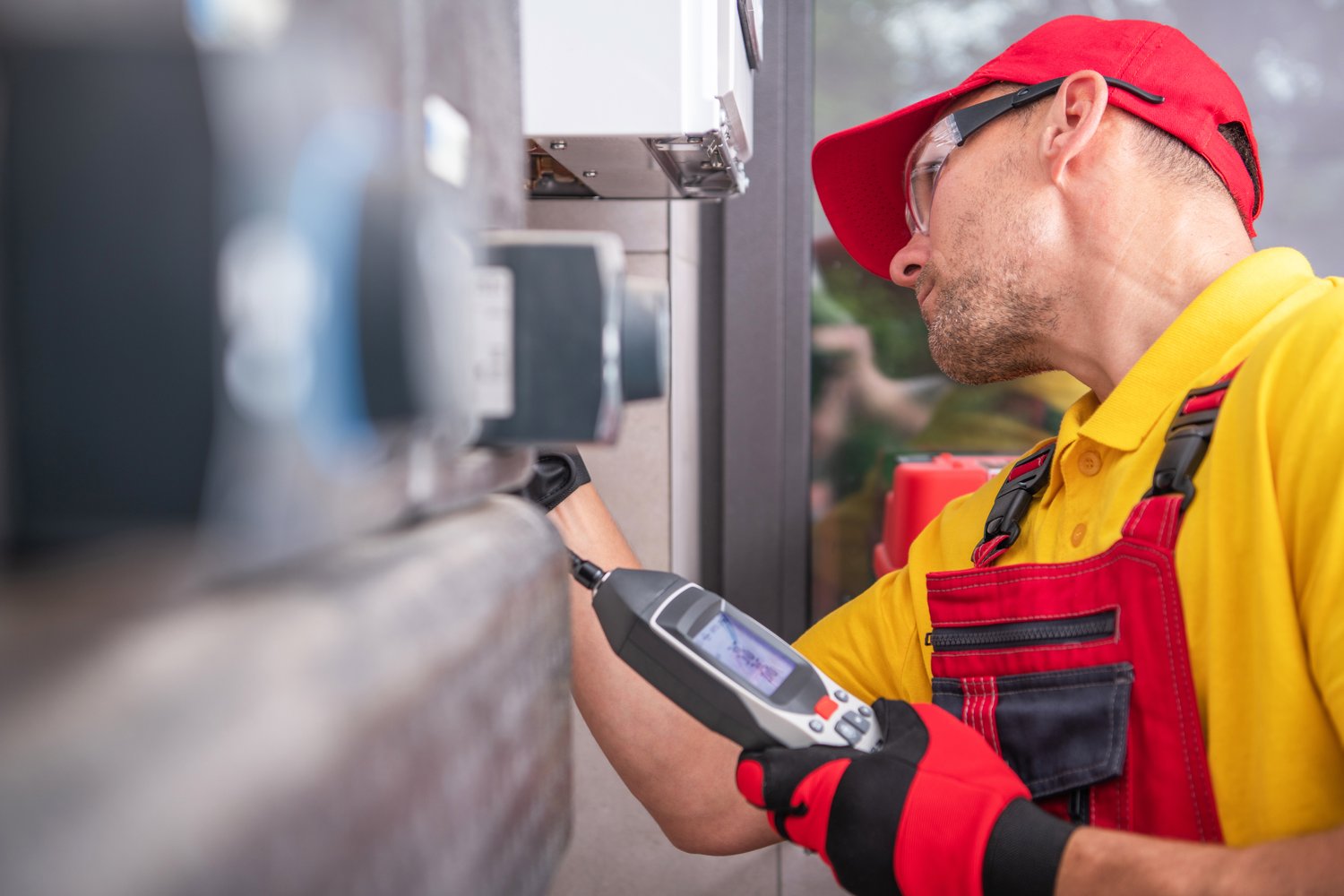Your heating, ventilation, and air conditioning (HVAC) system is one of the largest energy consumers in your home, accounting for nearly half of your home’s energy usage. Optimizing how you use and maintain this essential system can lead to significant energy savings while maintaining comfort throughout the year. This article provides practical strategies for improving your HVAC energy efficiency, from installing smart thermostats to performing regular maintenance tasks that extend the life of your equipment while reducing your monthly utility bills.
Understanding Your HVAC System’s Energy Impact
Your HVAC system works harder than almost any other component in your home, operating through scorching summers and frigid winters to maintain comfortable indoor temperatures. This constant operation comes at a cost—both financially and environmentally. The typical American household spends approximately $2,000 annually on energy bills, with heating and cooling representing 43% of these expenses. By implementing energy-saving AC tips and heating strategies, you can reduce this percentage significantly while extending the lifespan of your equipment.
The first step toward greater efficiency is understanding how your specific system operates. Different HVAC configurations—whether you have a central air system, heat pump, ductless mini-split, or combination of technologies—each have unique optimization opportunities. Newer systems generally offer better energy ratings, but even older equipment can be optimized through proper maintenance and usage patterns to save money on heating and cooling costs throughout the year.
The Smart Thermostat Revolution
Perhaps the most significant advancement in HVAC energy efficiency in recent years has been the development of smart thermostats. Unlike programmable thermostats that follow rigid schedules, smart thermostats learn your preferences and habits, automatically adjusting temperatures to optimize comfort when you’re home and conserve energy when you’re away. The smart thermostat benefits extend beyond convenience—these devices can reduce heating and cooling costs by 10-15% annually.
Smart thermostats offer features like geofencing, which tracks your smartphone’s location to determine when to adjust temperatures before you arrive home. Many models provide detailed energy usage reports that help identify patterns and opportunities for additional savings. Some can even detect when specific rooms are occupied and adjust zoned systems accordingly. When connected to weather forecasts, these devices can proactively modify operation based on upcoming temperature changes, further optimizing efficiency.
According to experts at AskHomey, the initial investment in a smart thermostat typically pays for itself within two years through reduced energy consumption. Many utility companies now offer rebates that can offset purchase costs, making the upgrade even more attractive for homeowners seeking to improve their HVAC energy efficiency.
Essential Maintenance for Maximum Efficiency
Even the most advanced HVAC system will waste energy if poorly maintained. Regular maintenance is crucial for keeping your system running efficiently and preventing costly repairs. The simplest yet most impactful maintenance task is regularly changing or cleaning your air filters. Dirty filters restrict airflow, forcing your system to work harder and consume more energy. Most residential systems require filter changes every 1-3 months, depending on factors like pet ownership, occupant allergies, and local air quality.
Beyond filter changes, seasonal maintenance checks by qualified technicians can identify efficiency-reducing issues before they become major problems. These professional inspections should include cleaning evaporator and condenser coils, checking refrigerant levels, inspecting electrical connections, and verifying proper airflow. Properly maintained HVAC systems not only use less energy but also deliver better air quality and more consistent comfort throughout your home.
Ductwork presents another opportunity for efficiency improvements. Leaky ducts can waste up to 30% of your heated or cooled air before it reaches living spaces. Professional duct sealing can eliminate these losses, dramatically improving system performance and reducing energy consumption. Combined with proper insulation in attics and crawl spaces, sealed ductwork ensures that your HVAC system’s output goes toward keeping you comfortable rather than escaping into unused areas of your home.
Additional Strategies to Boost Efficiency
Beyond smart thermostats and maintenance, several supplementary strategies can further enhance your HVAC energy efficiency. Ceiling fans use minimal electricity while creating air movement that makes rooms feel 3-4 degrees cooler, allowing you to raise your thermostat setting without sacrificing comfort. Using curtains and blinds strategically—opening them to capture solar heat in winter and closing them to block it in summer—reduces the workload on your system.
Upgrading insulation and sealing air leaks around windows, doors, and other penetrations prevents conditioned air from escaping and unconditioned air from infiltrating. Some homeowners find that adding zone control systems allows them to heat or cool only occupied areas, leading to substantial energy savings in larger homes where rooms may go unused for extended periods.
When the time comes to replace aging equipment, investing in high-efficiency models can dramatically reduce long-term operating costs. Look for Energy Star certified units, which exceed minimum efficiency standards and often qualify for tax incentives or utility rebates. While these systems cost more initially, their reduced energy consumption makes them less expensive over their operational lifetime.
For more tips and to connect with reliable home service professionals, follow AskHomey on Facebook and Instagram.



